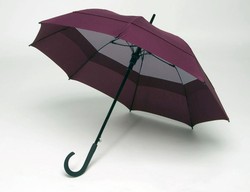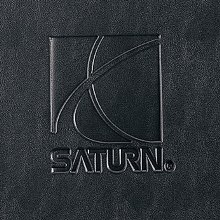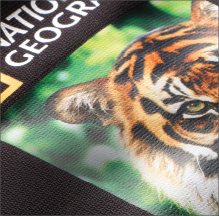
photo credit: Kalender / calendar via photopin (license)
June is here, and with it, the arrival of summer! Here in New York, we just enjoyed a lovely Memorial Day weekend and are getting excited to enjoy all that the warmer months have to offer, such as sunny bike rides and picnics at the park. As we did for May, we’d like to give you the heads up on several great opportunities to keep your business top of mind with clients and business partners during the month of June. Here are some of the upcoming holidays, events, and awareness dates coming up that you might want to have on your radar for promotional campaigns and giveaways—from lighthearted humorous occasions to thoughtful remembrances.
June!
Holidays and Awareness Days
June 5 – Ramadan begins
Ramadan, celebrated from June 5 to July 5 this year, is an important month in the Islamic calendar devoted to prayer, fasting, acts of charity, and self-accountability. The final third portion of Ramadan, in which the Prophet Muhammad was said to have received the first verses of the Koran, is an especially holy moment for people of the Muslim faith.
June 14 – Flag Day
Observed every year on June 14, Flag Day commemorates the adoption of the flag of the United States (which originally took place in 1777 by resolution of the Second Continental Congress). Although it’s not an official federal holiday, Flag Day is often marked with parades and other special observances nationwide.
June 19 – Father’s Day
On Father’s Day, people celebrate fathers and fatherhood, recognizing the positive influence fathers have on society. Originally conceived as a counterpart to Mother’s Day in the early 20th century here in the United States, Father’s Day is now recognized across the globe on varying dates.
June 20 – World Refugee Day, Summer Solstice
The United Nations’ World Refugee Day is observed on June 20 each year. It honors the strength and courage of women, men, and children who are forced to flee their homeland under the threat of persecution, conflict, and violence. It is also an opportunity to honor the contributions that refugees make to the communities in which they live.
Also on June 20 this year is the Summer Solstice, which in the Northern Hemisphere marks the longest day of the year (it is also the shortest day of the year, or Winter Solstice, in the Southern Hemisphere).
June 21 – International Day of Yoga
First adopted in 2004 by the United Nations General Assembly, the International Day of Yoga honors the ancient and enduring tradition of yoga as well as its many benefits to our lives and the world as a whole. It’s a perfect moment to practice yoga and celebrate wellness of both body and mind.
June 24 – Take Your Dog to Work Day
First created by Pet Sitters International (PSI) in 1999, Take Your Dog to Work Day celebrates how wonderful dogs are as companions and friends. It’s also an occasion to promote the adoption of dogs into loving homes.
Awareness Weeks June 2016
June 5-11: National Sun Safety Week. Organized by the Sun Safety Alliance, National Sun Safety Week highlights the importance of safe sun practices in an effort to reduce the number of incidents of skin cancer and other harmful effects of overexposure to the sun.
June 14-21: National Nursing Assistants Week. Celebrated each year in June, National Nursing Assistants week honors the nursing assistants who care for us and tend to us when we are in ill health or need of medical attention.
Awareness Months June 2016
– Effective Communications Month
Effective Communications Month emphasizes the importance of relating to and fully engaging with others through effective communication, improving mutual understanding in the process.
– LGBT Pride Month
Celebrated each year in June to commemorate the Stonewall uprising in 1969, LGBT Pride Month honors LGBT history, accomplishments, and important achievements on the path to full civil rights and equal participation in society for all Americans, regardless of their sexual orientation or gender identity.
– Great Outdoors Month
First begun in 2004, Great Outdoors Month celebrates the value and importance of outdoor adventures during the summer—whether that’s hiking along trails in our national parks or rock climbing challenging cliffs. It’s a perfect opportunity to appreciate the natural beauty of our environment while engaging in healthy outdoor activities.
Wondering if there are promotional products that might be a good fit for the season or a particular project or campaign you might have on your radar? Don’t hesitate to reach out to us for advice. If you have an idea in mind that might benefit from some creative brainstorming, we’d be happy to share some recommendations. Connect with us on Twitter and Facebook or call us at 877-881-6845 and we’ll be glad to advise you on custom branded promotional products that can represent your brand with style and grace.





















